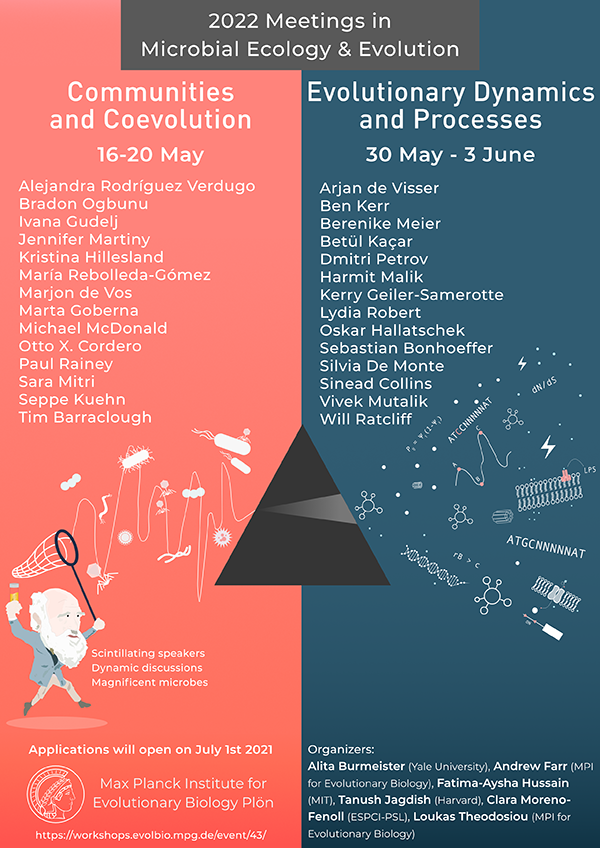Speaker
Description
Hospital-built environments, and especially Intensive Care Units (ICUs), are hotspots for the emergence, transmission, and evolution of antimicrobial resistance (AMR). Most bacterial species able to acquire genes encoding resistance to antibiotics (ARGs), heavy metals (MRGs) or biocides (BcRGs) are colonizing opportunistic pathogens able to survive in abiotic systems (surfaces, medical devices, water sinks). Abiotic reservoirs of AMR genes (AMRGs) and hotspots may be also hotspots for horizontal gene transfer events. The risk of acquiring and/or spreading AMR depends of the "ICU ecology" (patient/healthcare worker populations interconnectedness, invasive medical procedures, drug use, built-environment microbiome, and infection control strategies). The approach to control and study these dynamics has been traditionally centered in a single pathogen and, more recently, in the single patient's gut microbiome. However, such approaches underestimate the complexity of the ICU ecosystem in the dynamics of AMR. This work analyzes a large ICU ward (an ICU in this study), as “a single colonizable unit” to evaluate the impact of the continuous input of patients' gut microbiome in the emergence and transmission of AMR populations along the time. We analyzed 728 stool samples from 178 patients for 47 consecutive weeks (April 2019-March 2020). We weekly split the fecal samples into two groups: newly admitted patients (naive-group:0) in which stool samples were collected during the first 5 days at admission, and long-standing patients (late-group:L). DNA was extracted from individual samples and further pooled (p0/pL/week). 16S rRNA and SeqCazEZ-ResCap (+96.000 genes/pool, PMID: 29335005) metagenomics were used to analyze taxonomical diversity and the resistome, respectively. Clinical and microbiological metadata were recorded using the database REDCap (https://www.project-redcap.org/) analyzed to correlate ICU ecology factors with the dynamics of metagenomes and resistomes. The 16S rRNA data analysis showed that the p0 was taxonomically more diverse and richer than pL (Wilcoxon test, p<0.05) and associated with commensal bacteria, pL being significantly enriched in Enterococcus spp. The resistome diversity was also significantly higher in p0 than pL, differences being statistically significant in genes composition (ADONIS: p<0.001, biocide, metal resistance, relaxase genes; p<0.01, ARGs). Interestingly, the ICU resistome considering p0/pL together showed associated temporal variations, meaning that the ICU resistome is not stable but evolves over time. Genes encoding clinically relevant beta-lactamase CTX-M-15, KPC-3, OXA-48, GES-5 andVanA were temporarily overlapped with three ICU outbreaks due to these ESBL/CRE producers. Temporal coincidence of genes and bacterial lineages from fecal patient microbiome and from the abiotic reservoirs with reported nosocomial infections reflects transmission of ARGs in the ICU. The dynamics of the metagenome and resistome of and ICU ward considered as a “single colonizable unit” is influenced by the "ICU ecology," which led to a decrease of the collective gut microbiome diversity that facilitate the amplification of specific taxa and AMRGs (ARGs, MRGs, BcRGs), eventually associated with outbreaks and persistence of genes able to maintain in abiotic reservoirs for months. This study indicates that pathogens and ARGs control in hospitals need to be approached from an ecological perspective.

